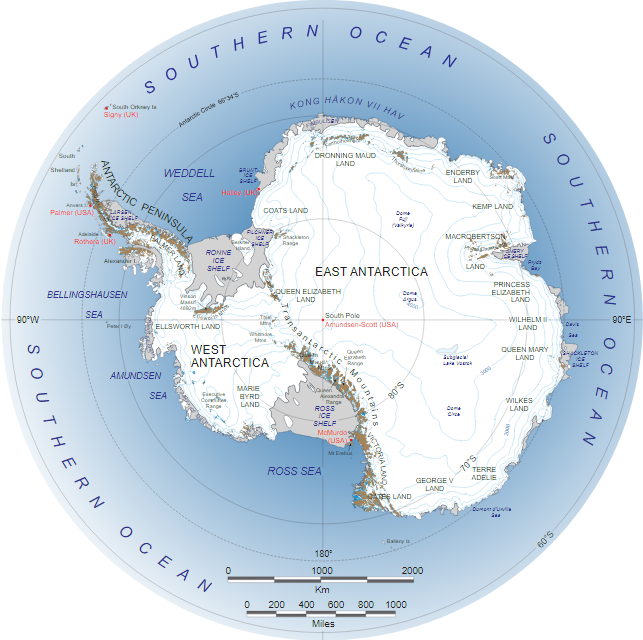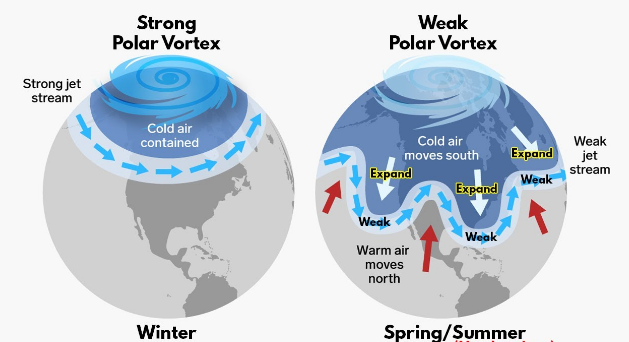For the second time in two years, a record-breaking heatwave is sweeping through Antarctica at the height of its winter season.

East Antarctica is the relatively higher-elevation swathe that makes up two-thirds of the world’s coldest continent
Polar vortex is the band of cold air and low pressure systems that spins around the poles of the Earth in the stratosphere. The vortex that usually remains strong and stable during winter in the southern hemisphere keeps the cold air trapped over Antarctica and not letting hot air come in.
Atmospheric wave is a periodic disturbance in the fields of atmospheric variables like surface pressure or geopotential height, temperature, or wind velocity.

IPCC has estimated that the Earth as a whole is warming at the rate of 0.14-0.18 degrees Celsius per decade.
To know about Arctic Polar Vortex, click here